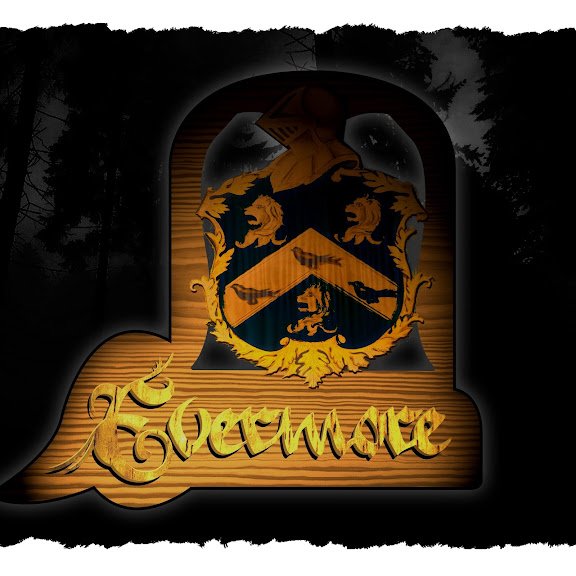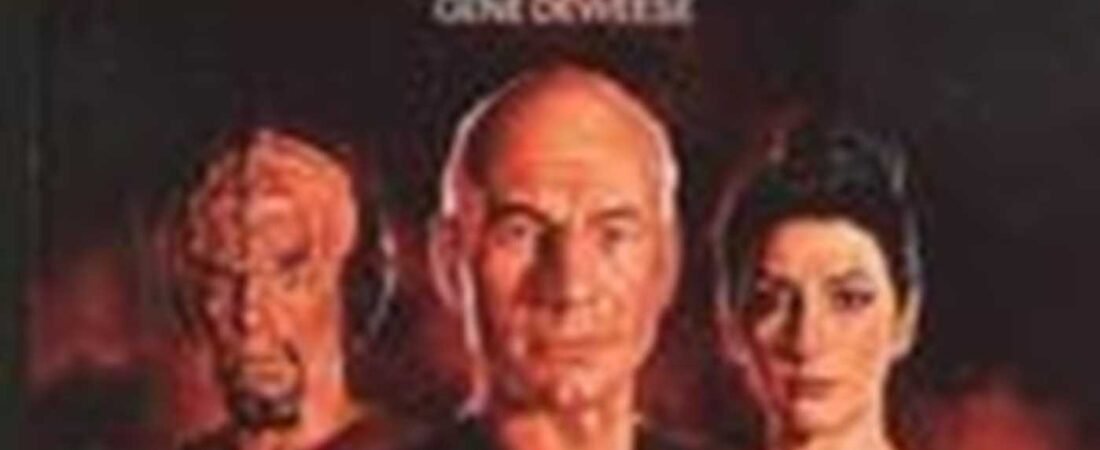- Gene Deweese
- 1988
- Read: 9/3/22
- Grade: C-
Pros: Like its predecessor, Ghost Ship, this is a fully realized novel that earns its length. The plot is streamlined with little in the way of diversion or tangent, the characters are, in the main, faithfully rendered and respectfully handled, and the novel offers an interesting and challenging premise that fits firmly in the realm of Star Trek. Introducing long abandoned technology from ancient races is not a new idea or theme, but it is fun and interesting nonetheless. The Enterprise stumbles upon an antique, abandoned transport station that was at one point a hub for a series of outposts whose function it was to make sure the planetary civilizations they orbited never achieved interstellar flight. Long after the civilization, thankfully unexplained, recedes from the scene, a local man, Shar-Lon, takes control of one of the stations and uses it to impose fifty years of forced nuclear disarmament and tyrannical peace upon his home planet. The crew of the Enterprise wander into the scenario when Data and Geordi are defensively transported to that station when the transport hub begins to fail. Geordi and Data have to negotiate a tense political situation between the Peacekeepers who live in the orbiting habitat and the progressively more militant population of the planet below. Shar-Lon himself is a particularly vibrant character who has some real, if drastic and temporary, character evolutions. It’s interesting to see him as a young nuclear disarmament advocate who evolves into a sort of religious zealot once given the power to impose his morality on others. He is the kind of well rounded antagonist that makes for strong storytelling. Creating a planet on the brink of nuclear war and arms escalation may have been a bit on the nose in 1988, but one that can be happily forgiven in the light of an entertaining story.
Cons: Technology, the “B” plot, and the climax.
Technology is always a tricky issue when it comes to Star Trek stories. Ancient and inexplicable objects can be found in dozens of episodes across the different series. However, here the technology is often either a convenient plot escape hatch for the author or out and out annoyance. On several occasions the machine simply intervenes to prevent the crew from solving the issue too quickly. When needed the technology is automatic, remotely controlled, user specific, or unavailable. The most blatant example of this is the station’s control headset (cerebro). This item seems utterly arbitrary as Shar-Lon spends the vast majority of the novel controlling the technology telepathically from anywhere. These things may serve the author’s needs but certainly not the narrative’s. The width and breadth of the technological power here borders on the herculean plot gymnastic powers granted to beings like the Q or the Organians. The truth is that it quickly begins to feel like the machine can do anything (simultaneously destroying every nuclear weapon on a planet or rescuing its operator by itself should he become incapacitated), and thereby giving the author the excuse to have it do any feat no matter how outlandish. There are also several tedious scenes of the Enterprise trying to decode the transport hub technology which seems to really amount to nothing but several pages of Chief Argyl telling the captain why something can’t be done. I also appreciate the attempt to use Geordi’s visor as a lie detector, but it is referenced far too often and to no real effect. It would be more appropriate for him to rely on his intuition which is a recurring theme and topic of conversation between him and Data.
This brings up the weakness of the “B” plot which is made up entirely of the Enterprise’s search pattern and attempt to understand the derelict vessel. With the exception of successfully adding Riker and Yar to the ranks of the missing, it really does not do much other than remind the reader of the rest of the crew. There is some value in Troi’s ability to trace Riker whenever he is transported through subspace, but that is about it.
The climax is perhaps the most disappointing as the story has in effect two endings, one unsatisfying and another farcical. The first seems to lead to a confrontation between Geordi and Kal-Nar, Shar-Lon’s power hungry, would-be successor, over control of the repository. However, this confrontation never even happens as the Enterprise simply appears and beams them both off before the self-destruct destroys the station. The second involves a theatrical display (where Worf pretends to be a malicious alien entity) in order to convince the people of the planet that Shar-Lon had been possessed by the alien race that created the repository and thereby prevent reprisals against the Peacekeepers. It comes a little out of left field and there was no indication to that point that there would be an attempt from the surface to wipe out the orbiting population.
The premise here is sound and it very much feels like something that would have fit perfectly into the first season of the show. Shar-Lon, his brother, Shar-Tel, and the other aliens are complex enough to be interesting, and the work tackles a familiar and challenging topic. A wider audience may not want to bother, but a Trekkie will have a pleasant enough adventure here.

